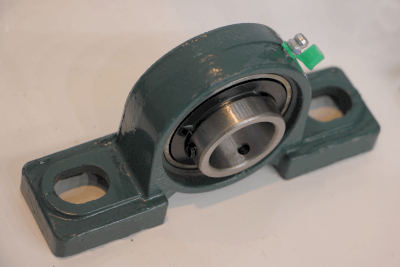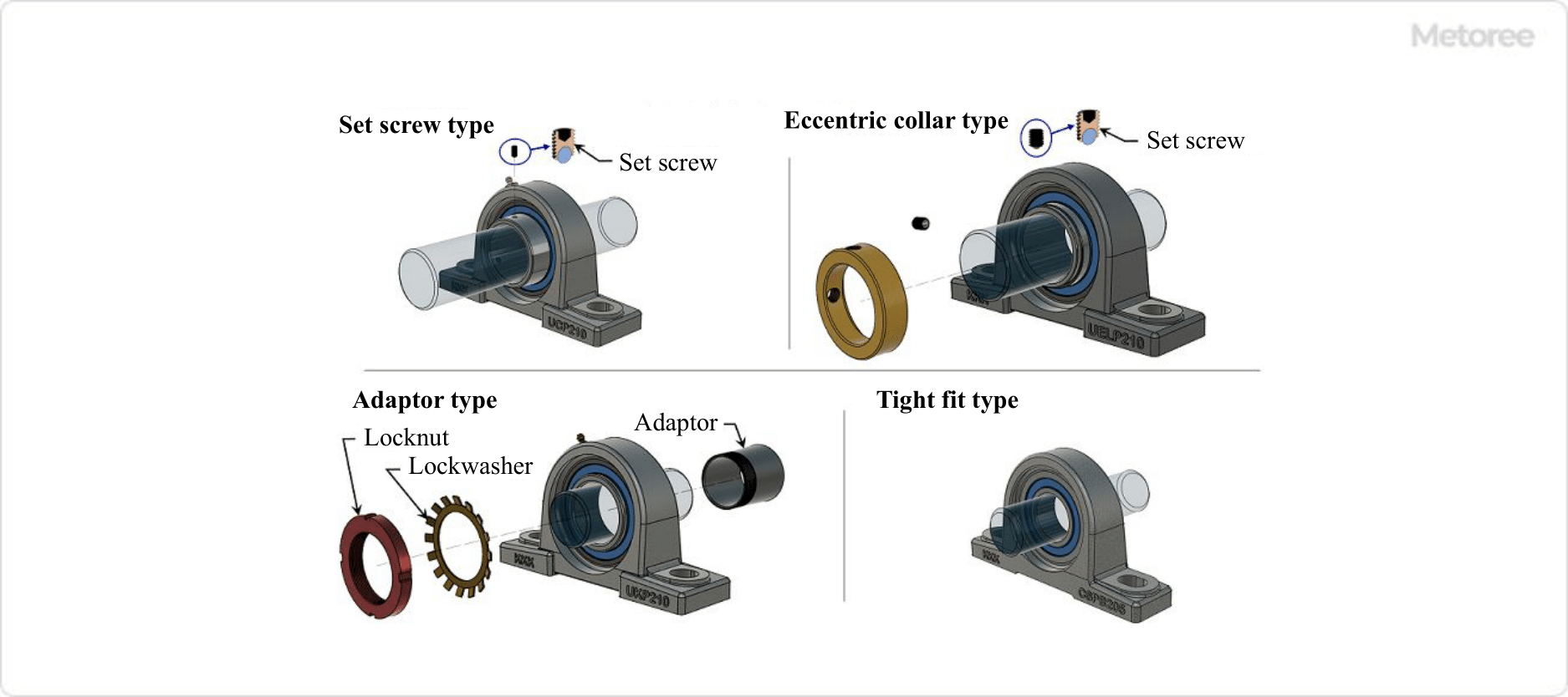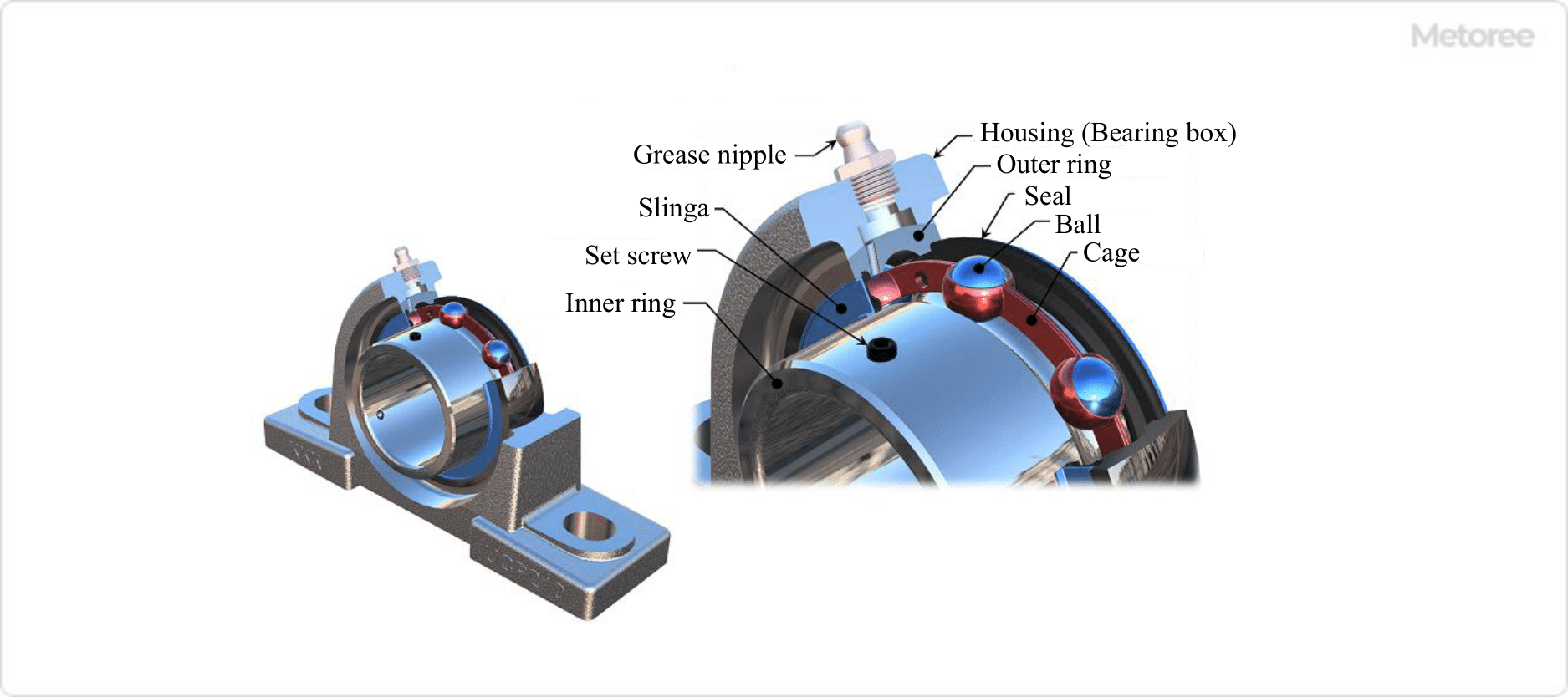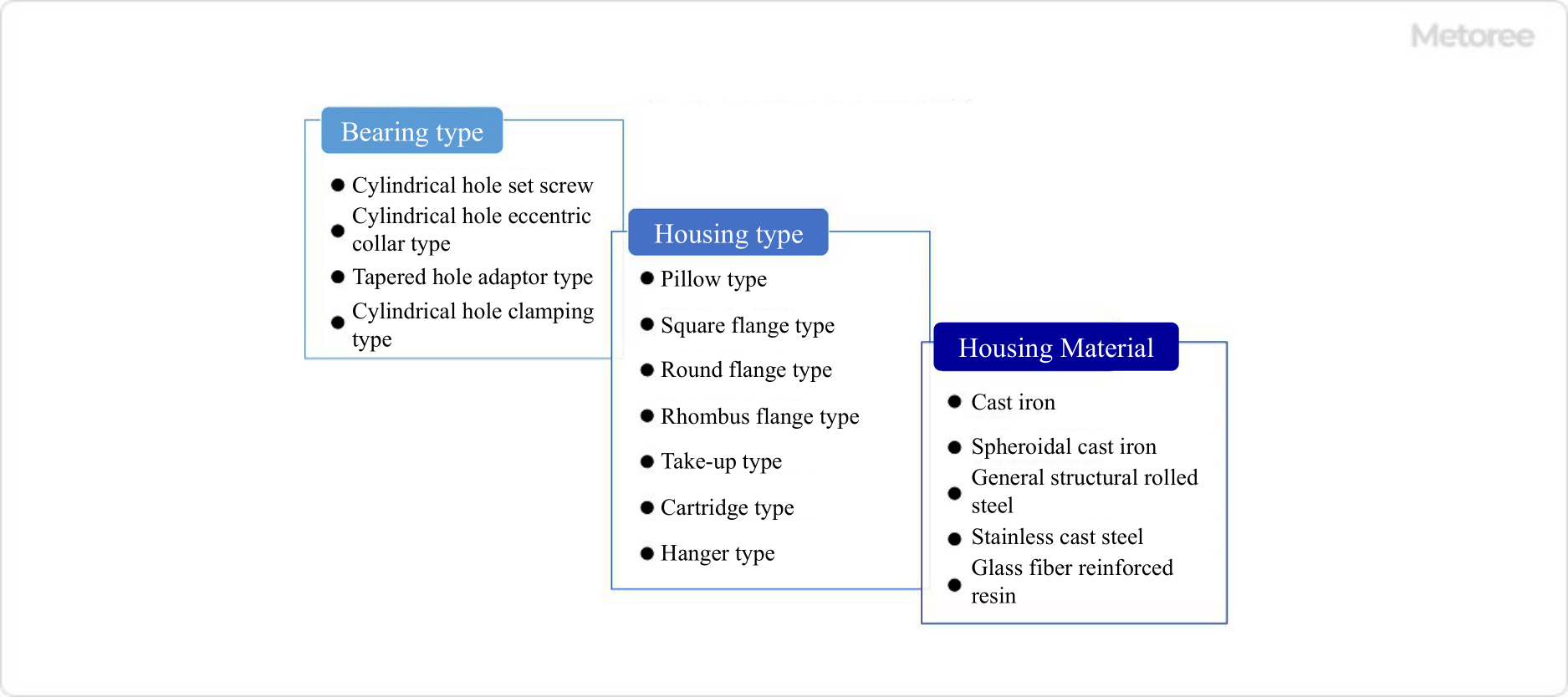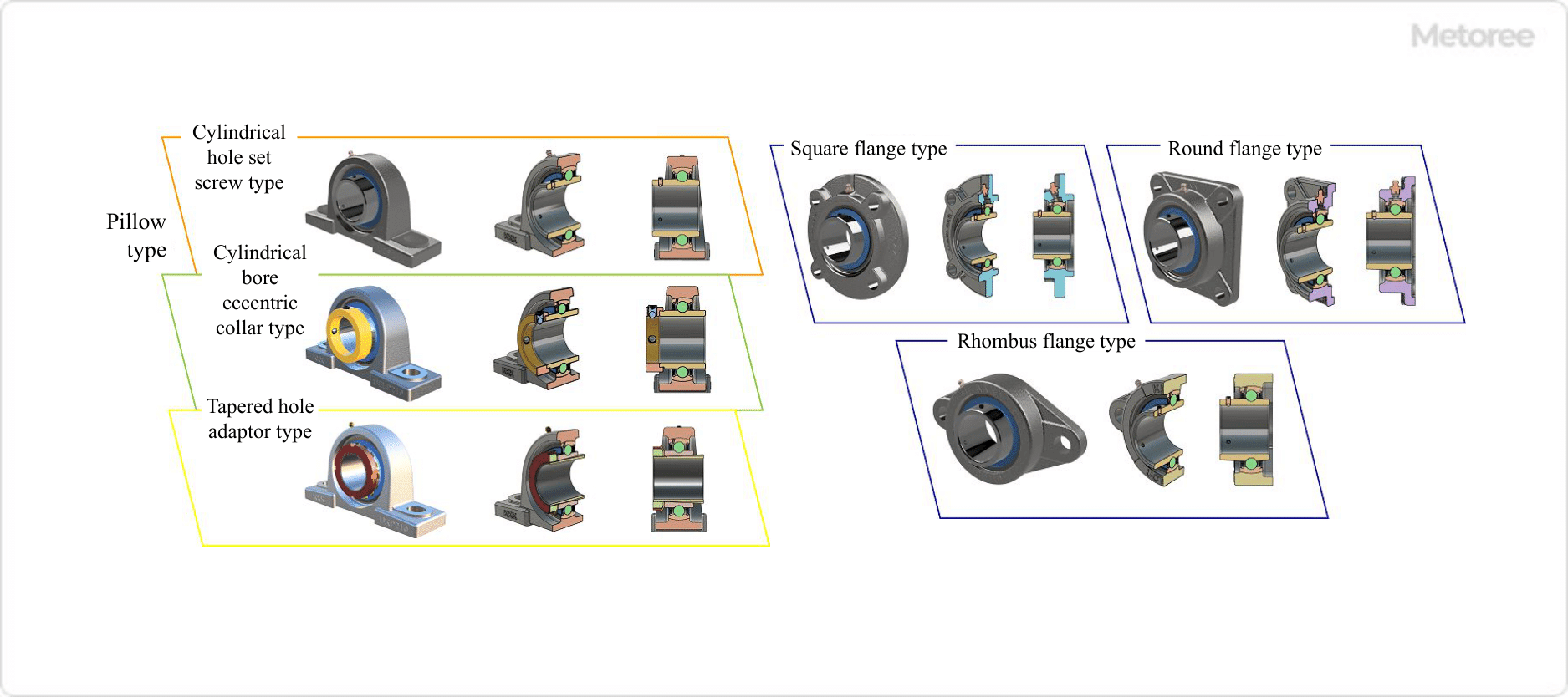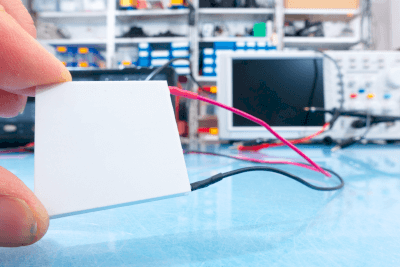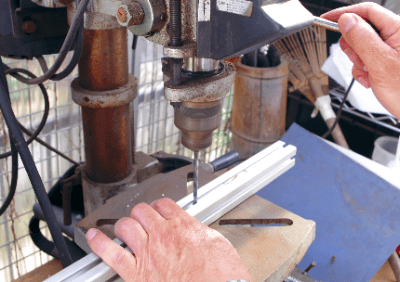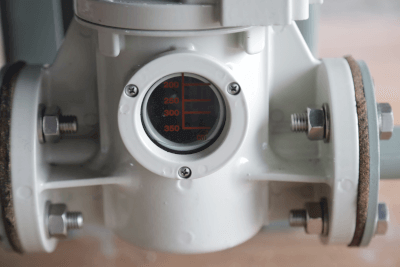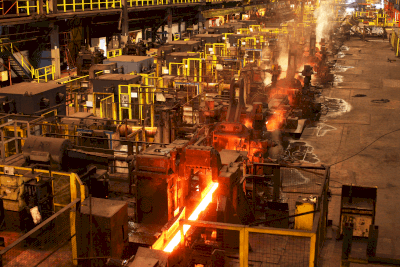What Is a Machine Press?
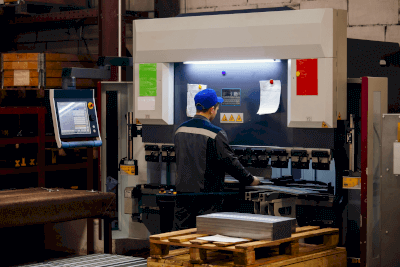
A machine press is a device that applies pressure to materials to deform and process them.
These presses use hydraulic, pneumatic, or mechanical pressure. Materials are placed between upper and lower dies, where they are shaped through shearing, bending, drawing, and other processes.
Machine presses are known for their automation capability and high productivity, efficiently processing a large volume of materials quickly and with high precision.
Uses of Machine Presses
Machine presses have various applications across industries:
1. Automotive Industry
They are crucial in manufacturing automotive parts, such as door and trunk panels, and frame parts, ensuring precision and strength.
2. Home Appliances
Used in creating metal cases and covers for appliances, machine presses facilitate the mass production of components through shearing and bending.
3. Building Materials
They produce building exterior panels and window and door fitting components, meeting durability and appearance standards.
Principle of Machine Presses
The machine presses work by applying pressure to materials, typically metal plates or sheets. The process involves using a die and a press ram, which moves up and down, to shape the material.
Material setup begins by positioning it over the die on the press base. The press head then descends, applying controlled pressure to shape the material.
Types of Machine Presses
Machine presses are categorized into mechanical and hydraulic presses, with further classification into PRG and TDM types.
1. Mechanical Press
Mechanical presses use a motor to move the slide, suitable for mass production due to their high processing speed and safety.
2. Hydraulic Press
These presses operate using hydraulic pressure, offering versatility in processing speed and pressure, ideal for parts requiring high machining accuracy.
3. PRG Method
The PRG method involves programmed control for precise shape processing, allowing complex shapes and multiple processes on the same press.
4. TDM Method
The TDM method, suitable for mass production, involves single-process operations across multiple presses, optimizing efficiency and productivity.
Other Information on Machine Presses
Production Speed of Machine Presses
Key factors influencing processing speed include the press’s stroke length, feed speed to the next process, material stability, scrap ejection, and the speed of product discharge.
